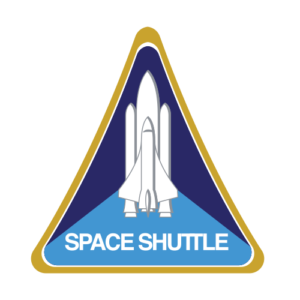The Project Mercury program, initiated by NASA in the late 1950s, marked the United States’ first foray into crewed spaceflight. Born out of the Cold War rivalry with the Soviet Union, its primary objective was to put an American astronaut into orbit around the Earth and return them safely. This groundbreaking endeavor laid the foundation for subsequent crewed space missions, demonstrating the feasibility of human spaceflight and paving the way for the Apollo moon landings.
History & Evolution
Project Mercury emerged in response to the Soviet Union’s early successes in space exploration, including the launch of the first artificial satellite, Sputnik 1, in 1957, and Yuri Gagarin’s orbit of the Earth in 1961. The program aimed to close the gap in space capabilities between the two superpowers and assert American dominance in space. The seven Mercury astronauts, known as the “Mercury Seven,” underwent rigorous training and testing to prepare for their historic missions.
On May 5, 1961, astronaut Alan Shepard became the first American in space aboard the Mercury spacecraft Freedom 7. The program continued with subsequent orbital missions, including John Glenn’s historic flight aboard Friendship 7, which made him the first American to orbit the Earth on February 20, 1962.
Mission Objectives
The primary goal of the Project Mercury program was to demonstrate the feasibility of crewed spaceflight by putting an American astronaut into orbit around the Earth. Secondary objectives included studying the effects of space travel on the human body, testing spacecraft systems and procedures, and laying the groundwork for future space exploration missions.
Infrastructure and Facilities
Project Mercury utilized existing NASA facilities, including the Langley Research Center in Virginia, the Lewis Research Center in Ohio, and the Manned Spacecraft Center (now Johnson Space Center) in Texas. These facilities were responsible for spacecraft design and development, astronaut training, mission control, and recovery operations.
Spacecraft and Vehicles
- Mercury Spacecraft: The Mercury spacecraft, developed by McDonnell Aircraft Corporation, was a cone-shaped capsule designed to carry a single astronaut into space. It measured approximately 2.9 meters (9.5 feet) in length and 1.9 meters (6.2 feet) in diameter and was equipped with retro-rockets and a heat shield for reentry.
- Redstone and Atlas Rockets: The Mercury spacecraft were launched into space atop modified Redstone and Atlas rockets, developed by the Army Ballistic Missile Agency and the Air Force, respectively. The Redstone rocket was used for suborbital missions, while the more powerful Atlas rocket was used for orbital flights.
- Recovery Ships and Aircraft: A fleet of recovery ships and aircraft, including helicopters and fixed-wing aircraft, was deployed to retrieve the Mercury capsules after splashdown in the ocean. These recovery assets were essential for safely recovering the astronauts and their spacecraft.
Achievements and Discoveries
The Project Mercury program achieved several significant milestones, including the first American in space (Alan Shepard), the first American to orbit the Earth (John Glenn), and the successful demonstration of spacecraft reentry and recovery techniques. These achievements demonstrated American capabilities in crewed spaceflight and paved the way for subsequent programs, including Gemini and Apollo.
Current Status of this program
The Project Mercury program concluded in 1963 after completing all of its planned missions. Its legacy lives on in the annals of space exploration, serving as a testament to the pioneering spirit and ingenuity of the early space pioneers.





